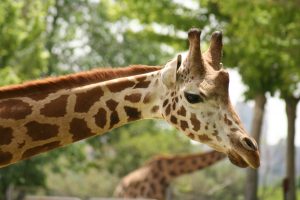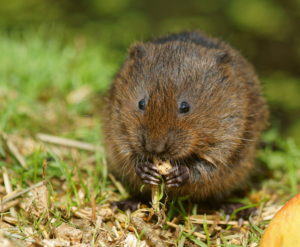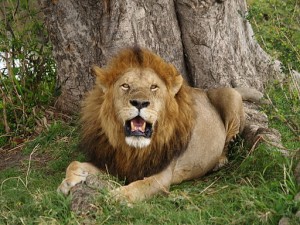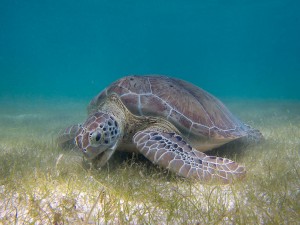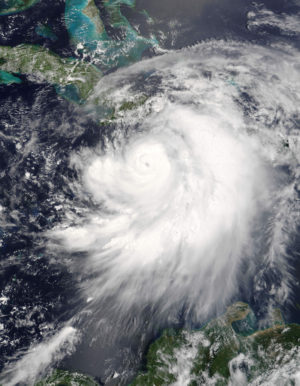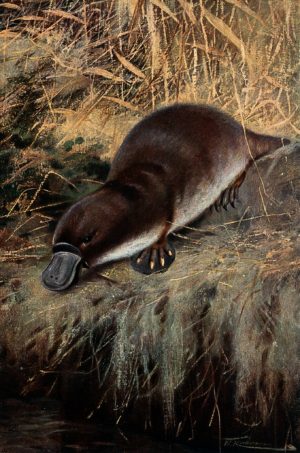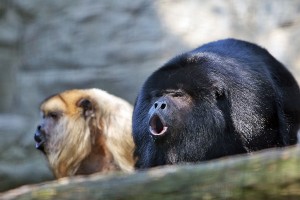Improving the Success of Giraffe Translocations
Two new studies have set out the ideal conditions for giraffes to be translocated to new areas for conservation purposes. Groups should contain at least 30 females and at least 3 males to ensure long-term survival, and on-going monitoring and management is vital.

